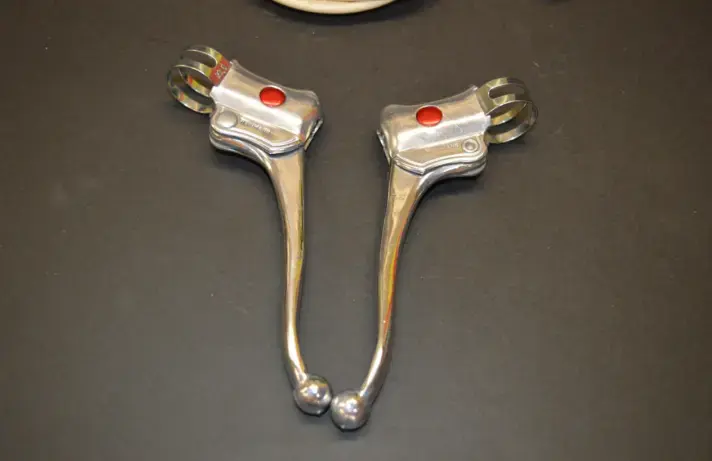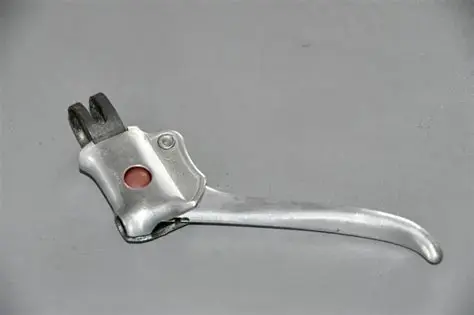juvela
Retro Guru
-----
thank you so much gents!
had never had a shred of information regarding the Bebo marque nor the entity behind it...and always wondered
-----
Unfortunately I lost some links and can't find them again. There's very little to find related to the legal entity and history for producing Bebo, Bebolux, etc.
All I know the head office factory was in Dijon (not too geographically far from Simplex), along with a proper a AL foundry, rather physically small, that could survive almost exclusively via Peugeot contracts. The only physical picture of the foundry I found was Ebay.fr on a vintage postcard for sale.
From what I read via sources like tontonvelo et al, the company then got in trouble when the price of AL went too high, where most AL was diverted to defence and aviation. And at the same time Peugeot being more aggressive internationally related to price points.
They eventually posted bankruptcy (I could find the date if needed). The little I have had in my hands was always very well made.
It seems to me, having understood this, at a very very similar "round the corner" period comes the dreaded Delrin from Dupont in the French bike industry. The bean counters would have flagged the company health the moment they knew and sort of "dumped" the problem to engineers and new cheaper materials available.
These brakes were made near Sochaux, fief of Peugeot, not Dijon
USINE DE PETITE MÉTALLURGIE BELEY-BOURQUIN
thank you so much gents!
had never had a shred of information regarding the Bebo marque nor the entity behind it...and always wondered
-----

